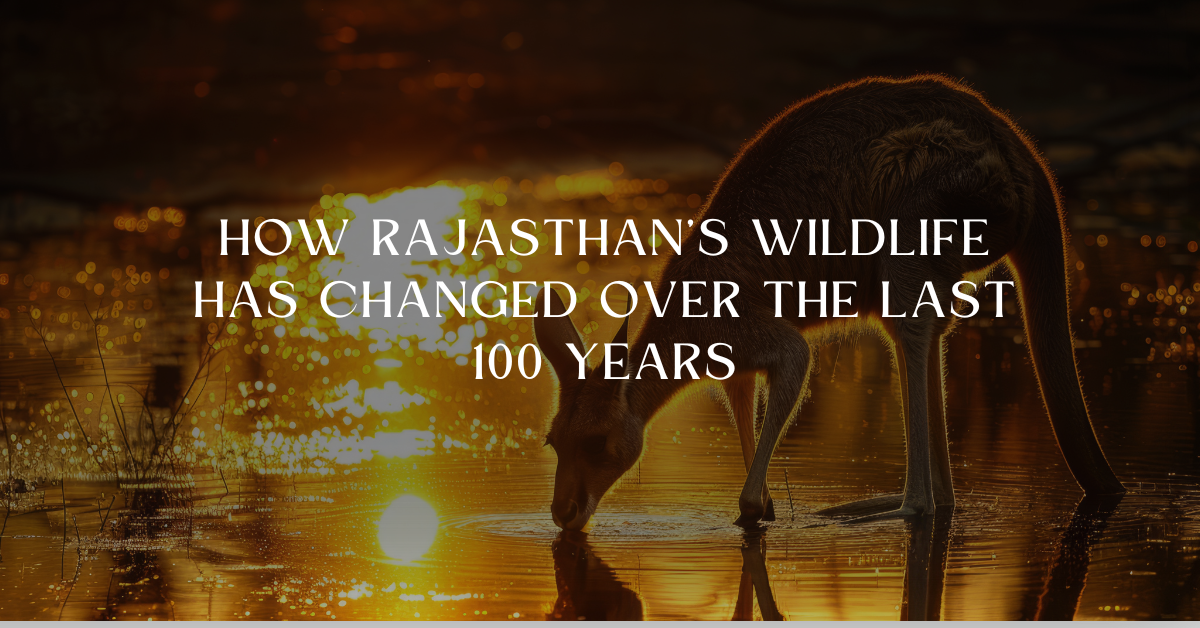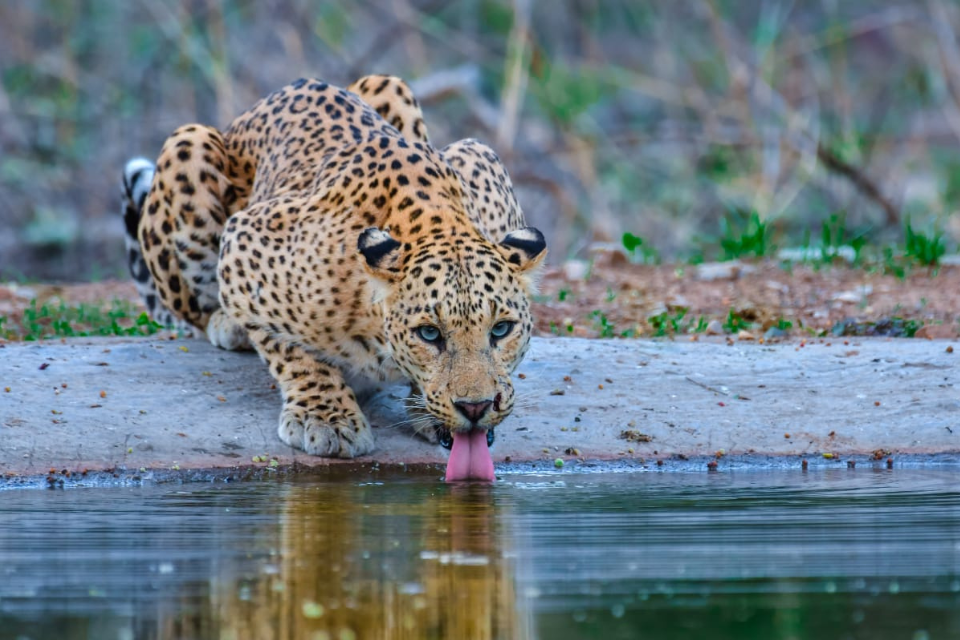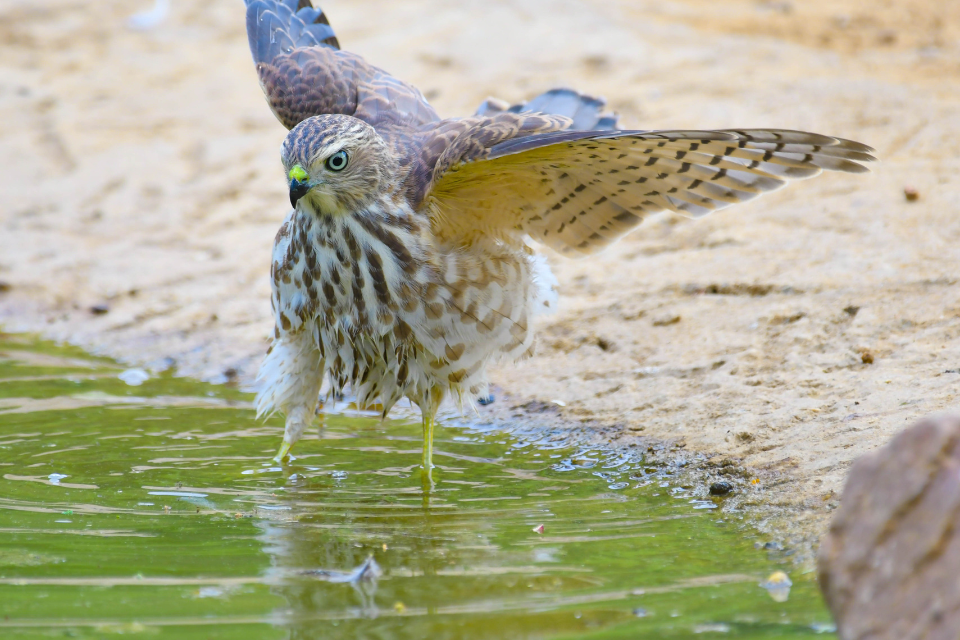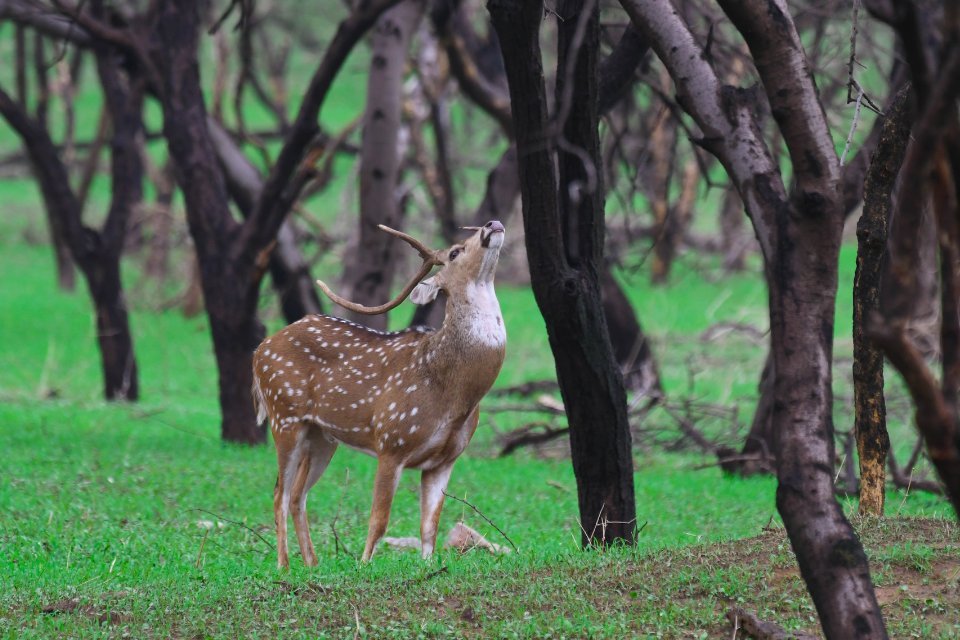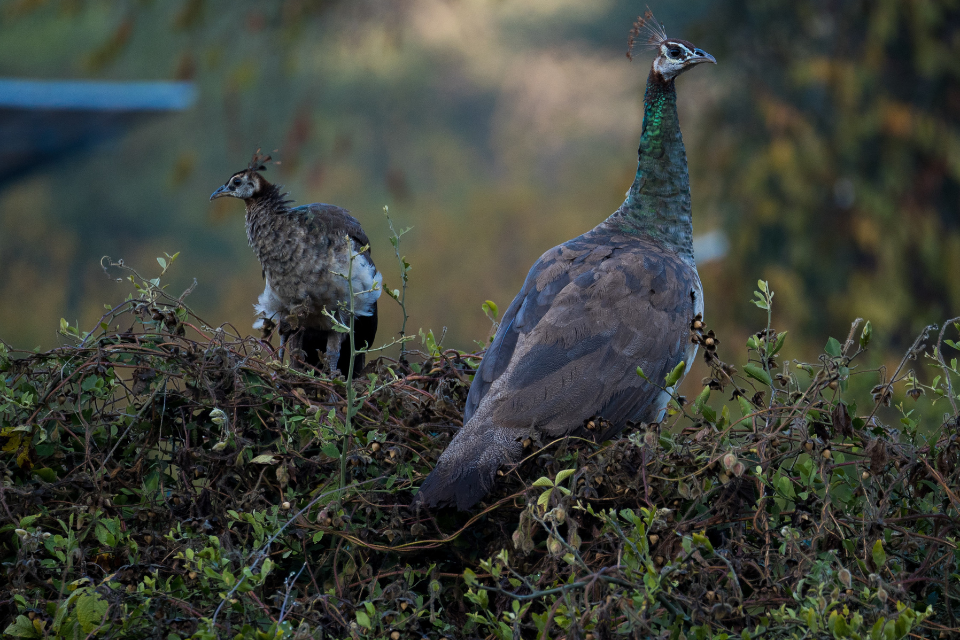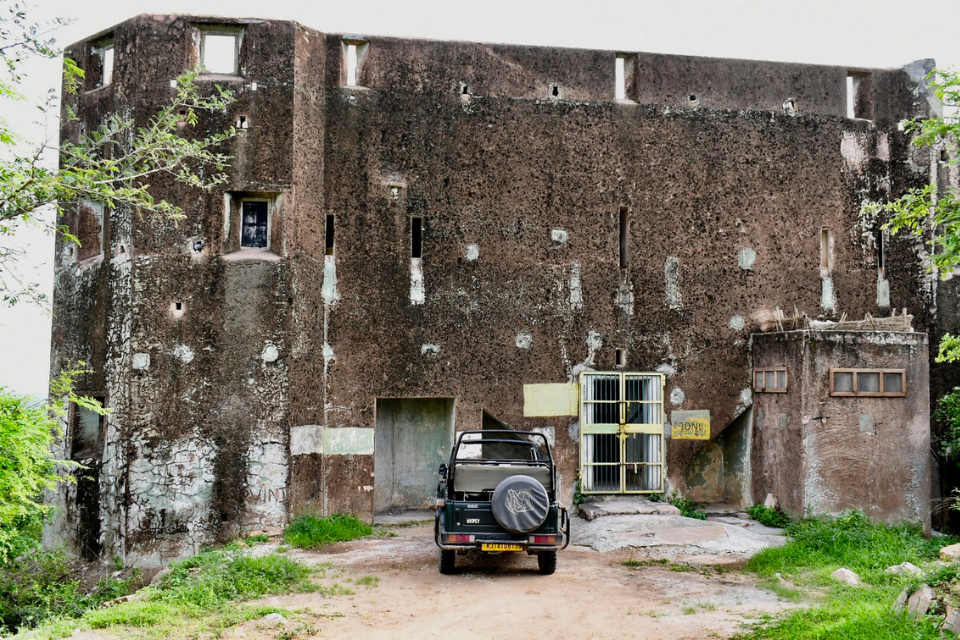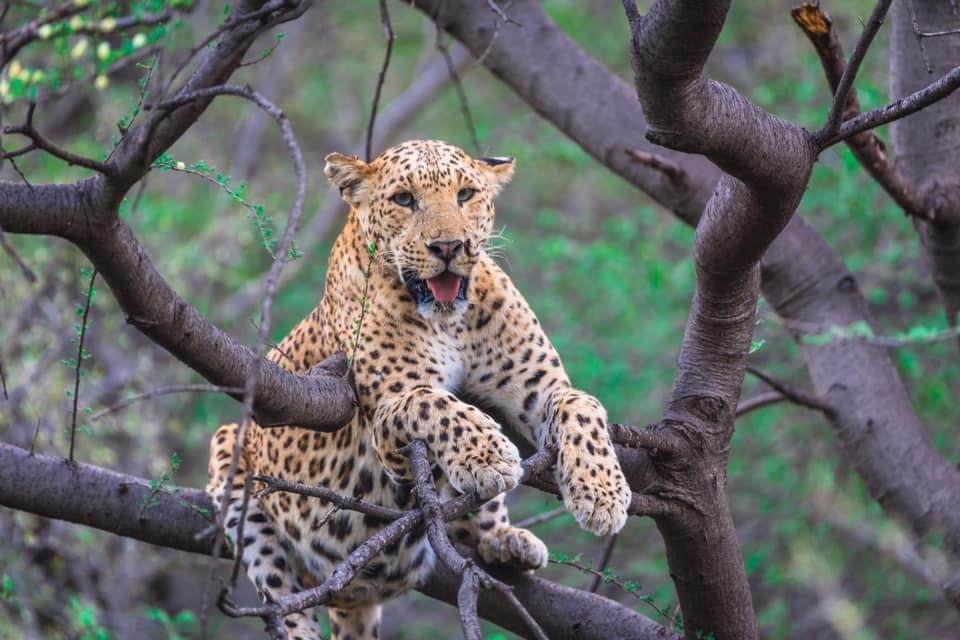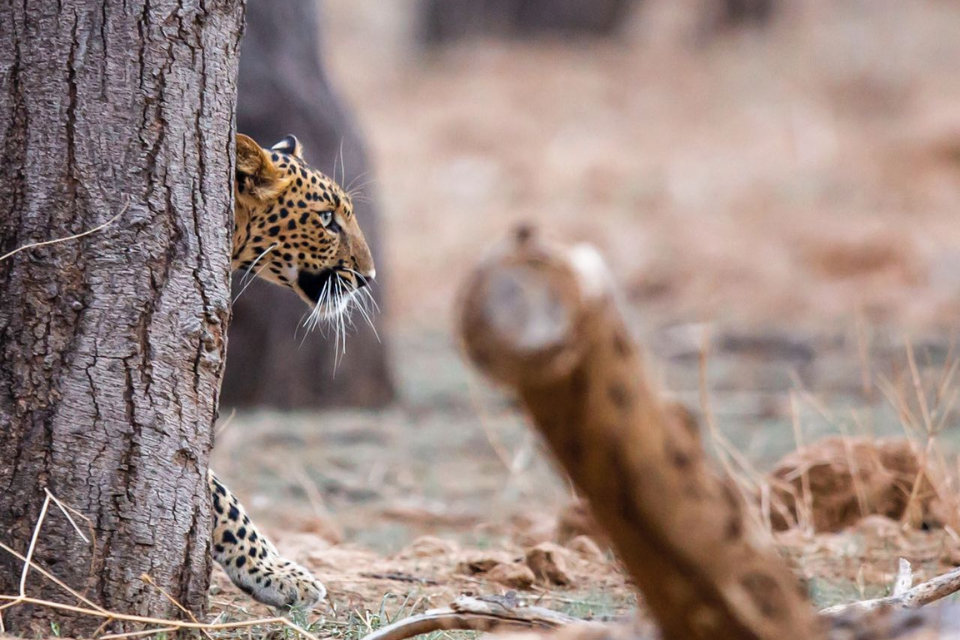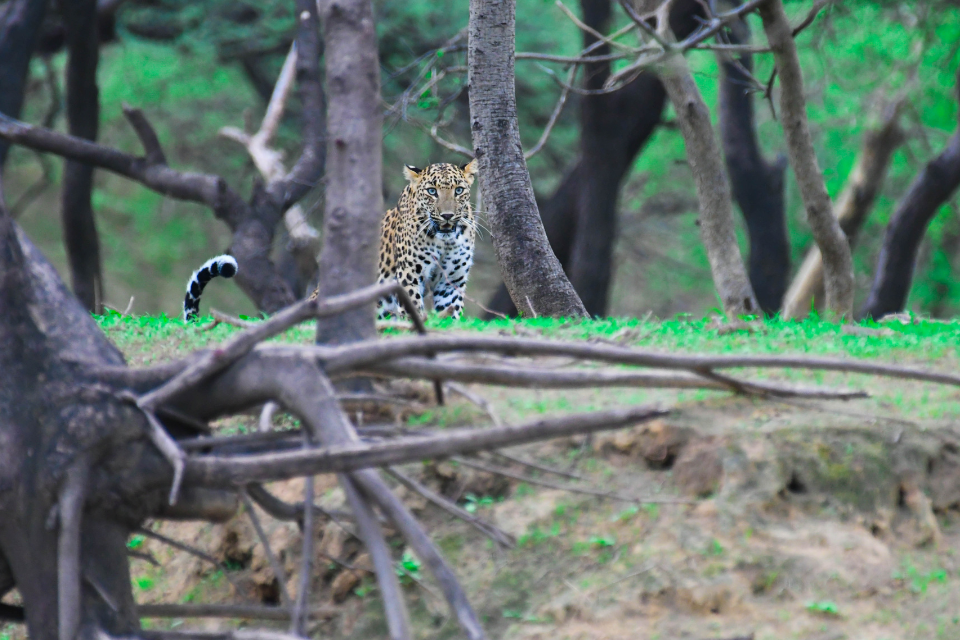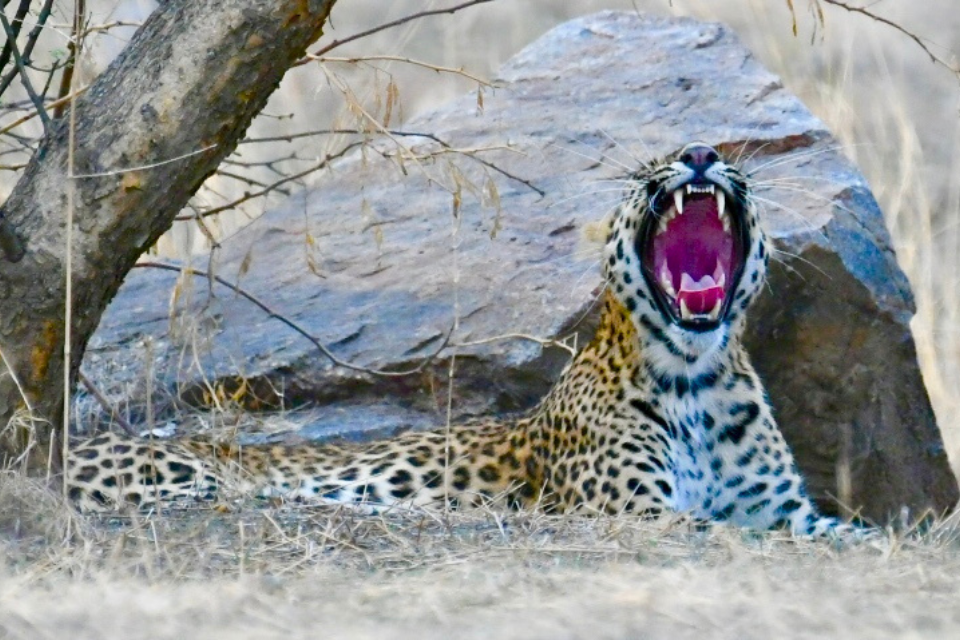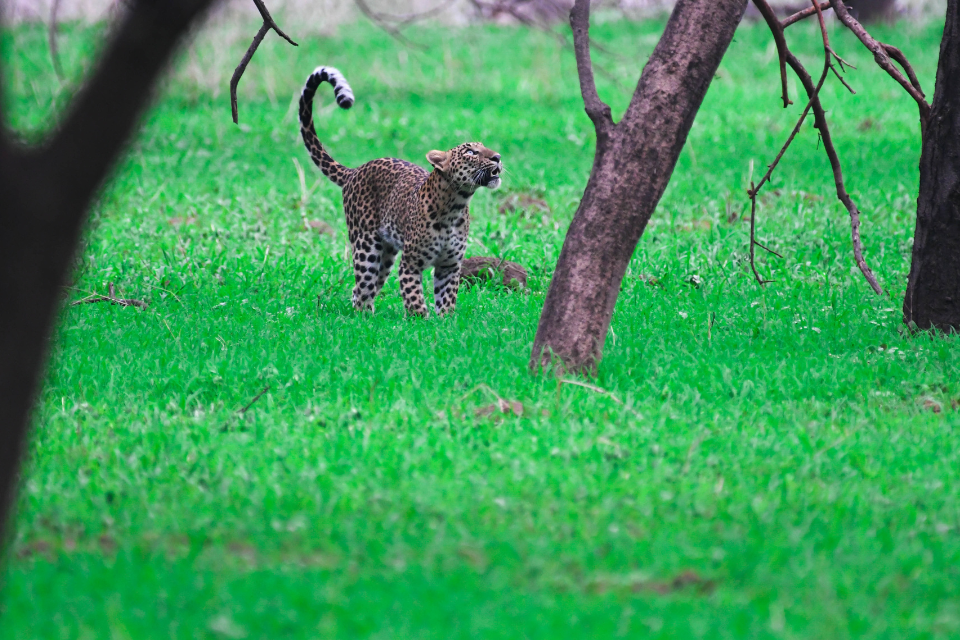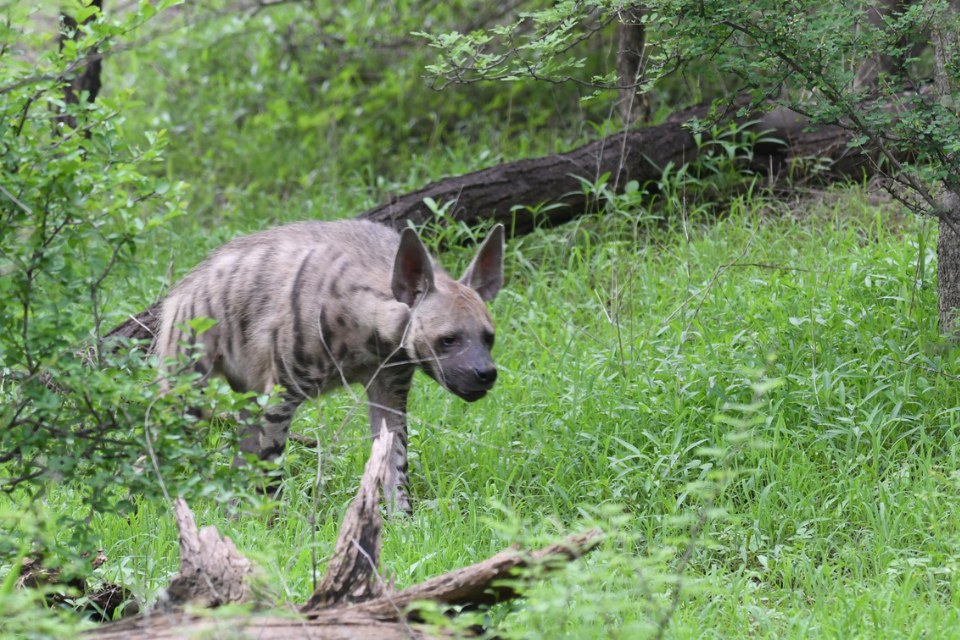- March 15, 2025
How Rajasthan’s Wildlife Has Changed Over the Last 100 Years
Rajasthan, India’s largest state, has a rich and diverse wildlife history that has undergone dramatic changes over the past century. From the days of royal hunting expeditions to modern-day conservation successes, Rajasthan’s landscape and wildlife population have transformed significantly.
Once home to thriving populations of tigers, leopards, blackbucks, and Great Indian Bustards, Rajasthan’s wildlife has struggled against hunting, habitat destruction, and human expansion. However, in recent decades, conservation efforts have helped revive many endangered species, making Rajasthan one of India’s leading states for wildlife protection.
Let’s explore how Rajasthan’s wildlife has changed over the last 100 years, the species that disappeared, thrived, or returned, and what the future holds for its biodiversity.
- The Royal Era (1920s–1940s) – When Hunting Was a Status Symbol
In the early 20th century, Rajasthan’s forests, grasslands, and deserts were teeming with wildlife. However, much of it was considered game for hunting, a symbol of power and prestige.
✔ Rajput rulers and British officers organized massive hunting expeditions.
✔ Tigers, leopards, blackbucks, and even lions were hunted for trophies.
✔ Special “Shikar Reserves” were set up, where only royals and British officials could hunt.
🚀 Shocking Fact: During the British era, some records suggest that over 1,500 tigers were hunted in Rajasthan alone!
Major Wildlife of Rajasthan in the 1920s
🏞 Species | 📍 Where They Were Found | 🎯 Threats in This Era |
🐅 Tigers | Ranthambore, Sariska, Dungarpur, Udaipur | Hunting, habitat loss |
🦁 Asiatic Lions | Dholpur, Bharatpur | Hunted to extinction in Rajasthan |
🦌 Blackbucks | Jodhpur, Tal Chhapar, Barmer | Overhunting |
🦅 Great Indian Bustard | Thar Desert, Jaisalmer | Poaching, habitat loss |
🐆 Leopards | Kumbhalgarh, Mount Abu | Hunted as trophies |
🚀 Lost Forever: Rajasthan was once home to the Asiatic Lion, but hunting wiped them out completely by the 1940s. Today, the only remaining population exists in Gir, Gujarat.

- The Decline (1950s–1970s) – Wildlife Faces Extinction
After India’s Independence in 1947, hunting rights were still in place for many former royals. However, rapid industrialization, deforestation, and unregulated hunting led to massive wildlife declines.
✔ By 1955, only a handful of tigers remained in Rajasthan.
✔ Leopard numbers fell sharply due to habitat destruction.
✔ The Great Indian Bustard population dropped by 90%, putting it on the brink of extinction.
✔ The last few Asiatic Lions in Rajasthan disappeared completely.
🚀 Shocking Fact: The tiger population in Ranthambore fell below 20 individuals in the 1960s, putting them at serious risk of extinction.
- The Conservation Era (1970s–2000s) – The Fight to Save Wildlife
With wildlife on the verge of collapse, the Indian government finally took action, leading to major conservation victories.
Key Conservation Efforts
✔ 1972 – Wildlife Protection Act: Gave legal protection to all endangered species.
✔ 1973 – Project Tiger Launched: Rajasthan’s Ranthambore and Sariska were included.
✔ 1980 – Keoladeo Became a UNESCO Site: Stopped the hunting of migratory birds.
✔ 1990s – Blackbuck Conservation Started: Led to population recovery in Jodhpur & Tal Chhapar.
✔ 2000s – Desert National Park Expanded: Last hope for the Great Indian Bustard.
🚀 Success Story: From fewer than 20 tigers in the 1970s, Ranthambore and Sariska now have over 100 tigers combined!
- Rajasthan’s Wildlife Today – Who Survived & Who Didn’t?
Thanks to conservation efforts, Rajasthan has some of India’s best wildlife reserves, but some species remain critically endangered.
📈 Species That Have Thrived
✔ Tigers – Over 100 tigers now roam Rajasthan’s forests.
✔ Leopards – Found in Kumbhalgarh, Mount Abu, and Jhalana.
✔ Blackbucks – Once nearly extinct, now thriving in Tal Chhapar & Jodhpur.
✔ Sloth Bears – Their numbers have stabilized in Mount Abu & Kumbhalgarh.
📉 Species Still in Danger
❌ Great Indian Bustard – Fewer than 150 left, critically endangered.
❌ Indian Wolf – Extremely rare, found in Kumbhalgarh & Sorsan.
❌ Caracal – One of Rajasthan’s most elusive and declining wild cats.
❌ Desert Fox – Facing habitat loss due to desertification and human expansion.
🚀 Urgent Action Needed: Without immediate intervention, the Great Indian Bustard could become extinct within 10 years.
- Challenges Facing Rajasthan’s Wildlife in the 21st Century
Despite conservation successes, new threats have emerged, putting Rajasthan’s wildlife at risk once again.
⚠️ A. Habitat Destruction
❌ Urbanization, highways, and mining projects are shrinking wildlife habitats.
❌ Desert National Park and Keoladeo face encroachments, threatening birds and mammals.
🚀 Solution: Expanding protected areas and wildlife corridors.
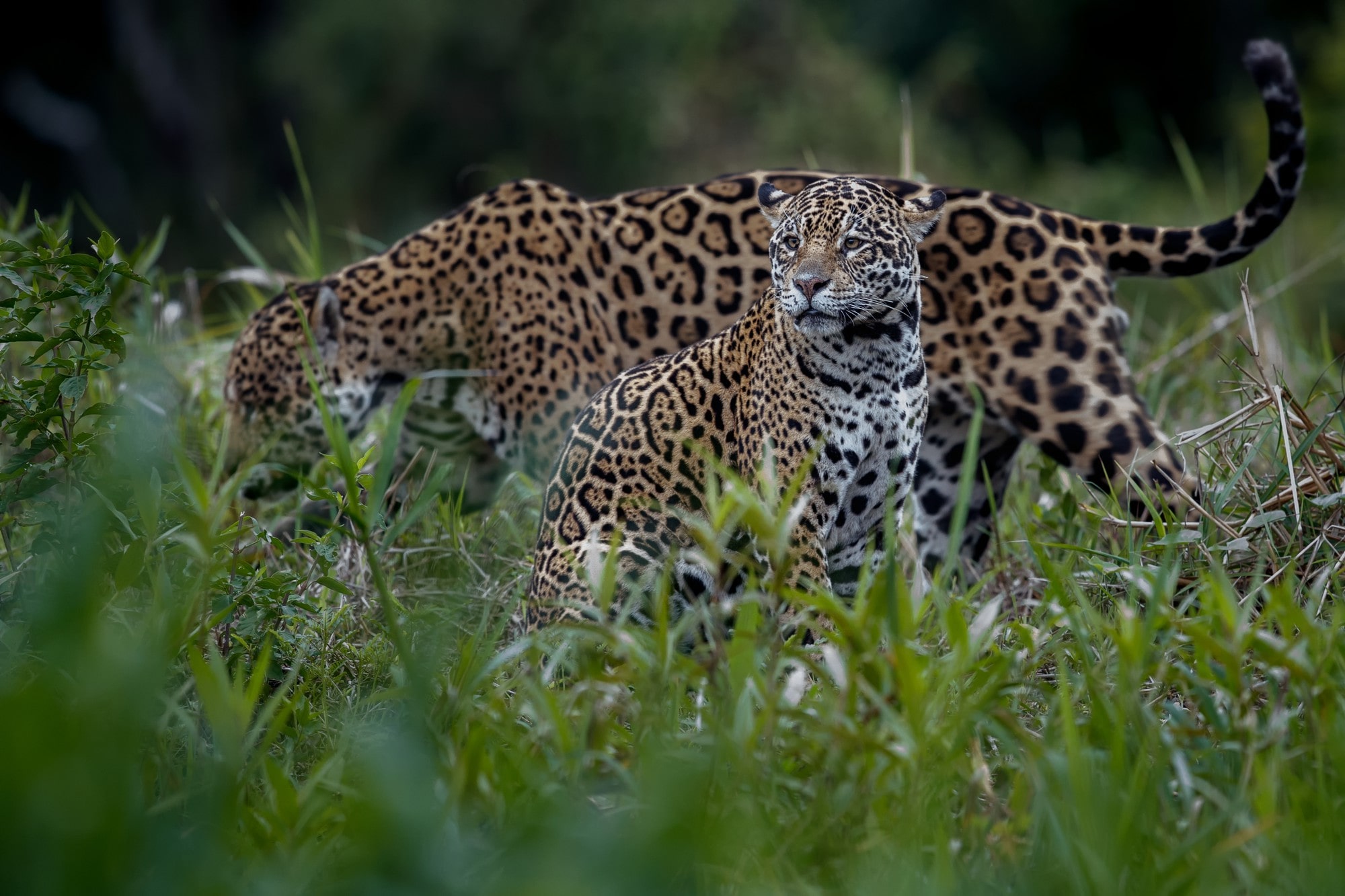
⚠️ B. Human-Wildlife Conflict
❌ Leopards and wolves sometimes attack livestock, leading to retaliatory killings.
❌ Tigers and hyenas venture near villages, increasing conflict.
🚀 Solution: Government compensation for farmers to reduce killings of predators.
⚠️ C. Climate Change & Desertification
❌ Rajasthan’s rising temperatures and erratic monsoons affect water sources.
❌ Droughts reduce food supply for herbivores, affecting the entire food chain.
🚀 Solution: Sustainable water conservation projects for both humans and wildlife.
- The Future of Rajasthan’s Wildlife – What’s Next?
✔ Rajasthan has proven that conservation works, but the battle is far from over.
✔ More action is needed to protect remaining endangered species.
✔ Eco-tourism and wildlife awareness can help Rajasthan become a global leader in conservation.
🚀 What’s Next?
✅ Expanding Ranthambore & Sariska to accommodate more tigers.
✅ Developing a dedicated Caracal Reserve to protect India’s rarest wild cats.
✅ Saving the Great Indian Bustard through breeding and habitat restoration.
✅ Strengthening wildlife laws to prevent poaching.
🌍 Final Thought: Over the last 100 years, Rajasthan’s wildlife has suffered losses, faced near extinction, and made incredible recoveries. If conservation efforts continue, Rajasthan can ensure that its forests, grasslands, and deserts remain full of life for generations to come.
🔍 Which Rajasthan wildlife species fascinates you the most?
Disclaimer All images used in this blog are either sourced from public domain or credited to their respective owners. If you are the copyright holder of any image and wish to request its removal or proper attribution, please contact us at [email protected]
